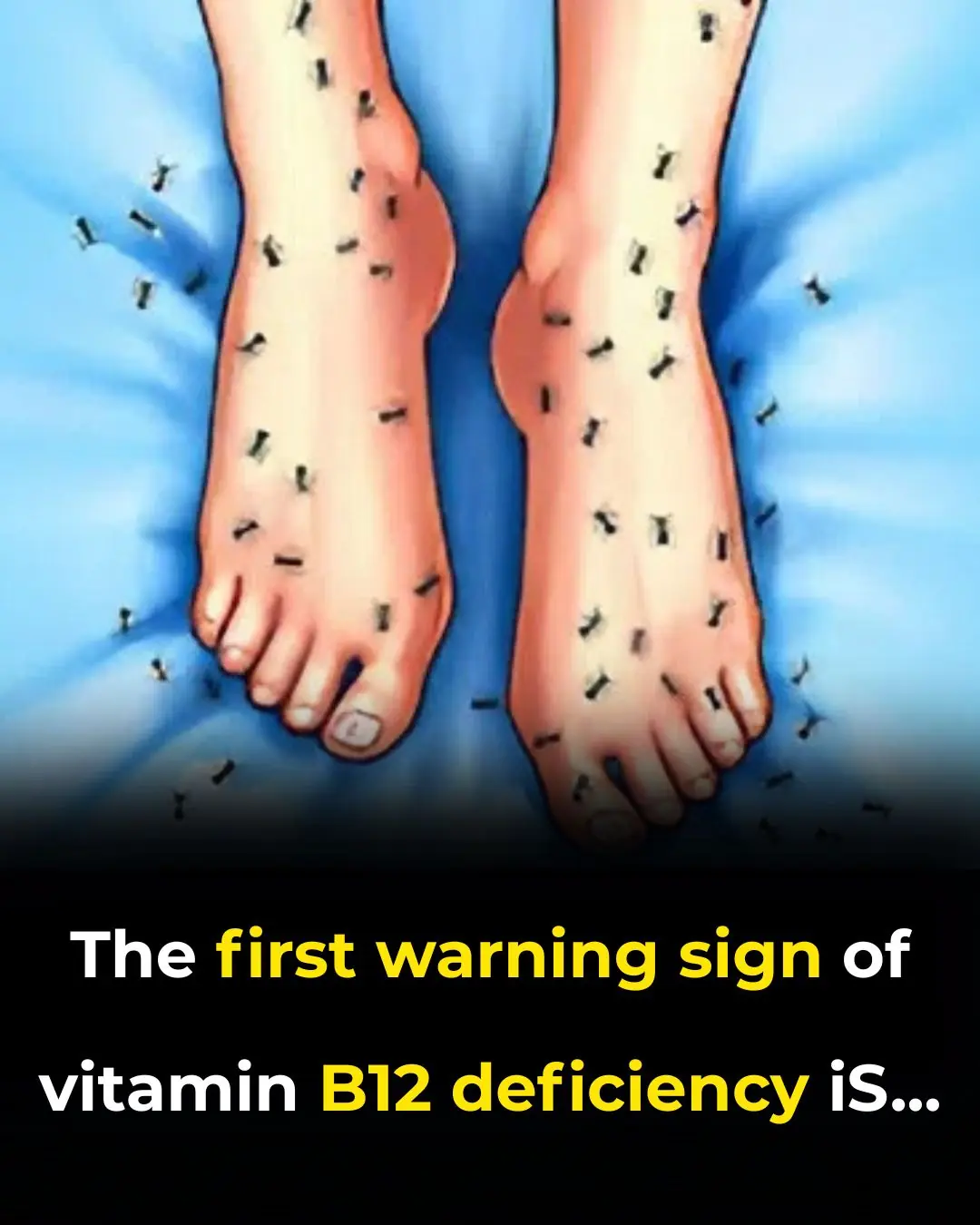
Dentists Explain What Those Black Triangles Are Between Your Teeth
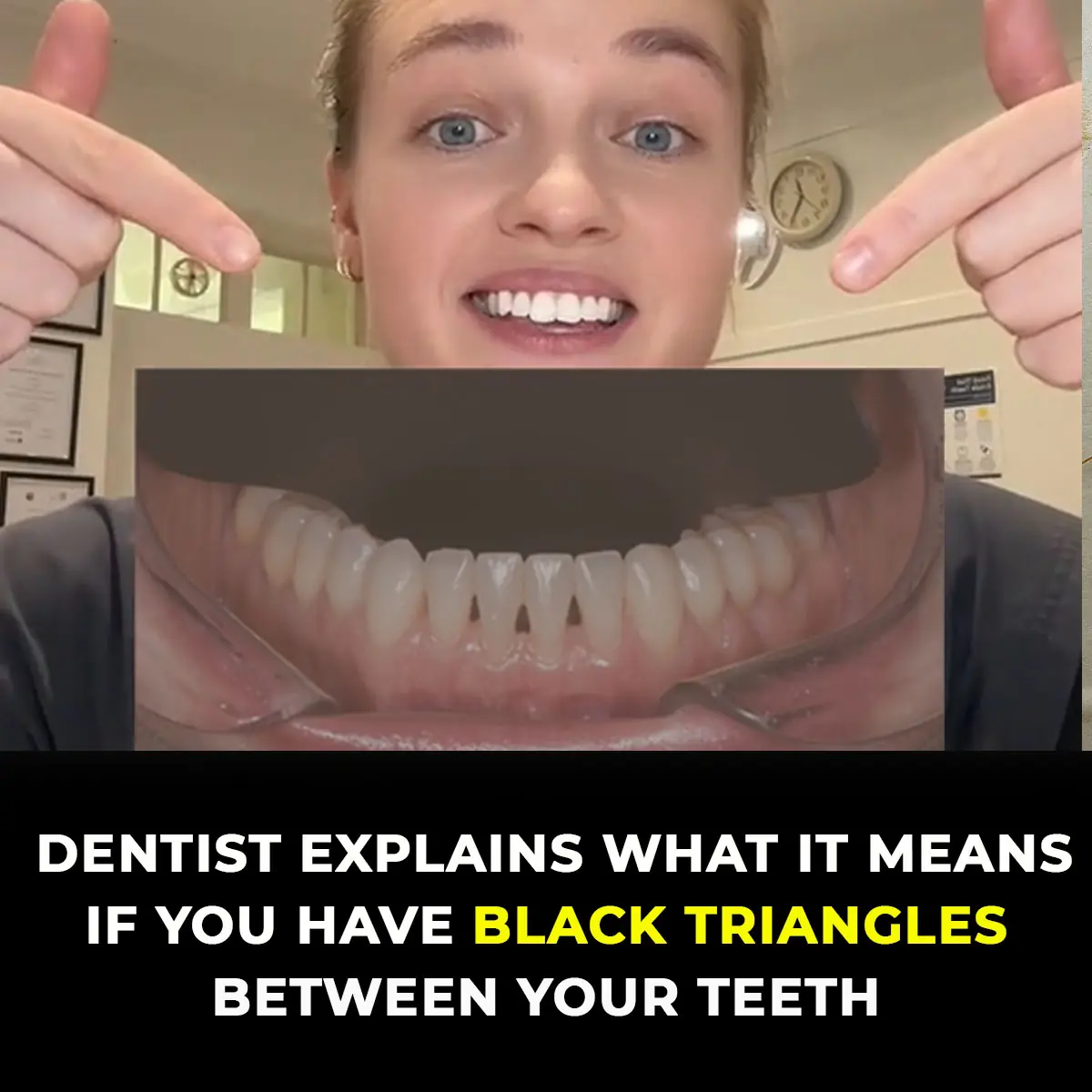
Many people spend thousands of dollars to achieve straight, white teeth through braces, regular dental checkups, and staying up to date on oral health trends. However, no matter how well someone cares for their teeth, age inevitably brings changes. For example, those small black triangles that sometimes appear between teeth. Dr. Abdul Azizi, a UK dentist, recently explained what these are and how they develop.
An Expert’s Insight
Dr. Abdul Azizi is the Principal Dentist at Harley Private Dental Clinic, a “calm and luxurious sanctuary in the heart of a busy city, where your health and well-being always come first.” Located in Sheffield, England, the clinic is run by a team of skilled dentists, including Dr. Azizi, who has an impressive background in biomedical science and a Bachelor’s in Dental Surgery. Harley Private Dental offers a wide range of services, including general dentistry, implants, and cosmetic procedures, all provided by compassionate professionals.
Recently, Dr. Azizi shared his thoughts on the small black triangles that can appear between teeth. He explained that these spaces are simply gaps that develop between teeth over time and can result from several factors.
Causes of Black Triangles
Black triangles usually form around the gum line, where food and plaque can accumulate, making them more noticeable. According to Dr. Azizi, “Black triangles between your teeth are not dangerous in themselves, but they could be linked to oral health issues such as gum disease or gum recession.” He emphasized that these gaps aren’t necessarily a sign of poor hygiene, but they could stem from factors like genetics, tooth shape, size, and alignment. While they are not immediately harmful, they may indicate potential oral health issues that might need attention, either for cosmetic or preventive reasons. Dr. Azizi also cautioned that black triangles should be monitored because, in some cases, they can lead to cavities.
One of the main causes of black triangles is gum recession, a condition where the gum tissue begins to pull away from the tooth, often seen with aging. Additionally, bone loss is a common factor, often linked to periodontal disease. In some instances, treatments like braces may also contribute to the formation of these gaps.
Another Expert's Perspective
Anna Peterson, a well-known dentist based in London with a significant following on TikTok, has also commented on the black triangle phenomenon. Peterson, who shares tips on dental care, suggests that in some cases, black triangles can actually be a positive sign, particularly after periodontal surgery. She has gained popularity for sharing dental advice, such as how using mouthwash right after brushing isn’t ideal. Instead, she recommends waiting 20-30 minutes between brushing and mouthwash. In her video addressing black triangles, Peterson explains that after periodontal treatment, reduced inflammation may lead to the appearance of these gaps at the gum line, signifying improvement.
Peterson also offers advice on preventing black triangles. Like Dr. Azizi, she advocates for maintaining good oral hygiene, particularly cleaning between your teeth at least once a day using either floss or an interdental brush. Consistently brushing, flossing, and visiting the dentist regularly can help prevent issues like gum disease or tooth decay.
Additional Considerations
While Dr. Azizi and Dr. Peterson provide valuable insights, other sources, such as Colgate, also suggest that black triangles can sometimes result from conditions like pregnancy, diabetes, or tobacco use. These factors can contribute to changes in the gums and overall oral health.
Preventing Black Triangles
To prevent the formation of black triangles, it’s essential to maintain good oral hygiene. Dr. Peterson emphasizes the importance of cleaning between your teeth daily, whether by flossing or using an interdental brush. Regular brushing, flossing, and biannual dental checkups are vital to preventing gum diseases or tooth decay that could lead to these gaps.
Treating Black Triangles
For existing black triangles, Dr. Azizi suggests consulting an orthodontist to correct any misalignment. Treatment options may include gum grafting, veneers, or dental bonding. Some studies have shown that using hyaluronic acid treatments may improve the appearance of black triangles, though more research is needed to understand the long-term effects. The appropriate treatment will depend on the severity of the condition.
As time passes, both life and aging lead to health and dental challenges, but good hygiene and proper care can help mitigate these issues. Dr. Azizi advises, “The best approach to address black triangles will depend on the underlying cause and your specific oral health needs, as well as your cosmetic concerns. It’s important to consult with a dentist or orthodontist to determine the most appropriate treatment.”
News in the same category

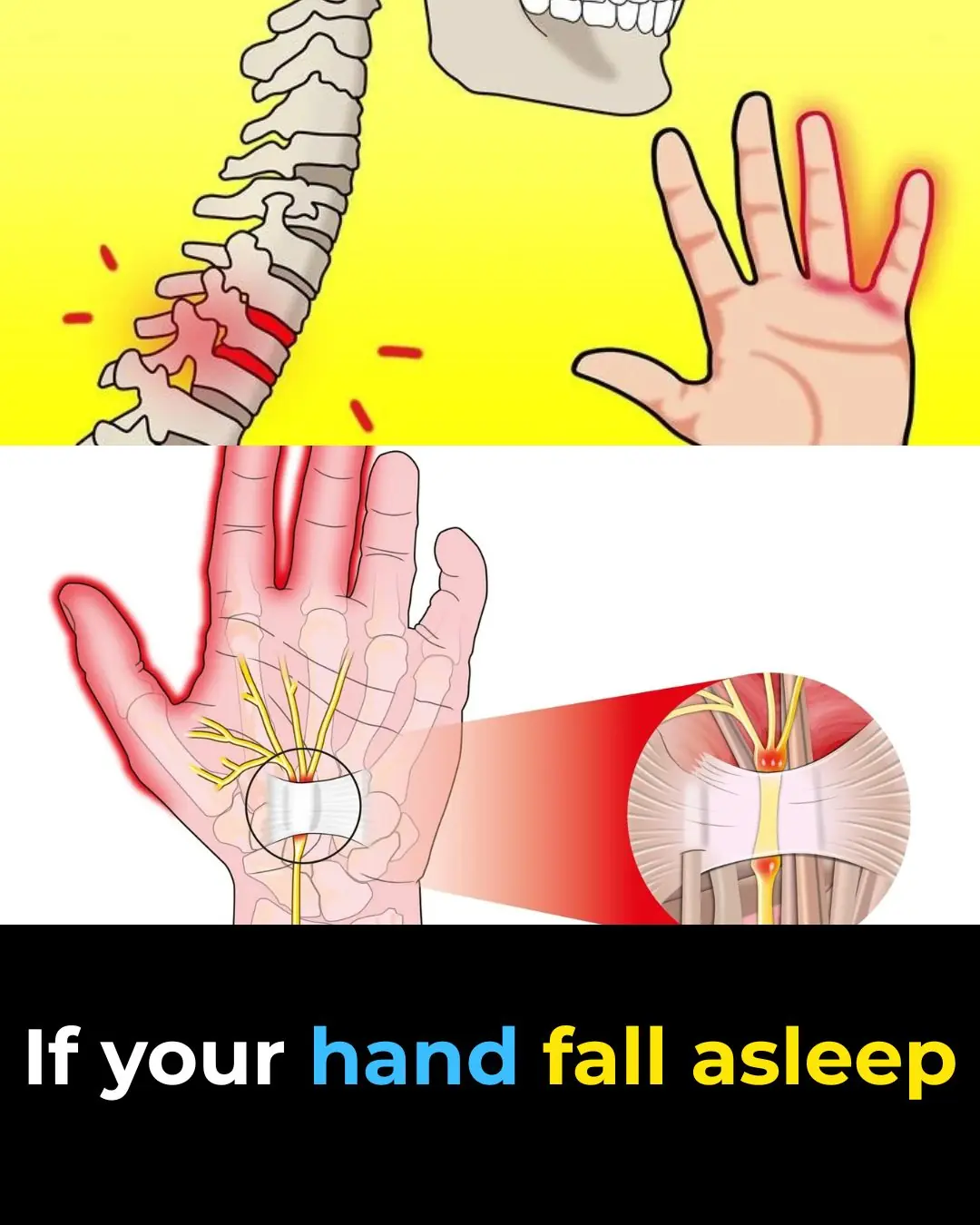
Tingling Sensation In Your Body: Why Does It Happen

High Blood Sugar Warning Signs
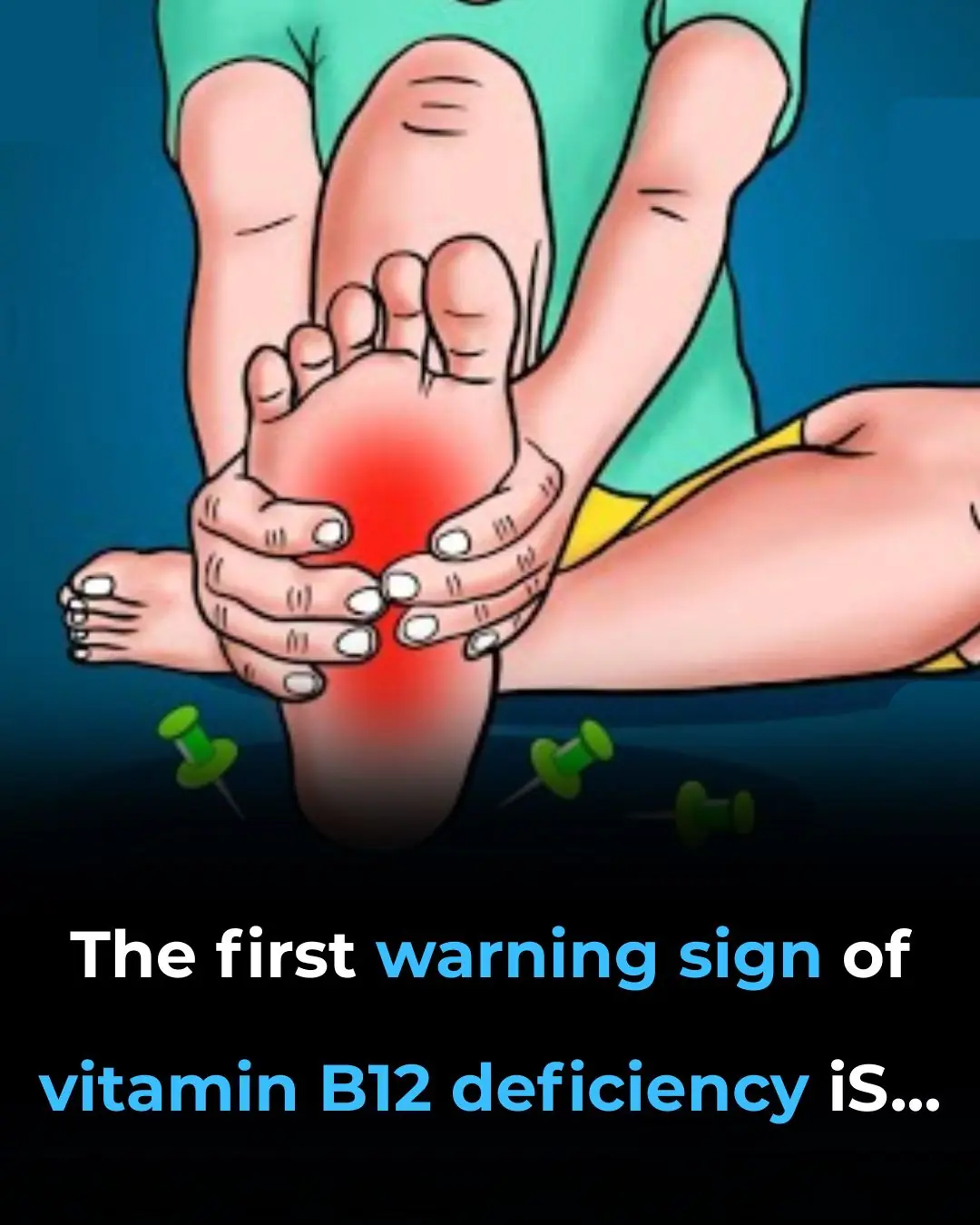
Top Signs of Iron Deficiency and How To Increase Iron Levels In Your Blood

Doctors Suspected Baby Had Mouth Tumor—The Shocking Truth Left Them Speechless

Why Some People Never Break A Bone—3 Wild Theories Explained
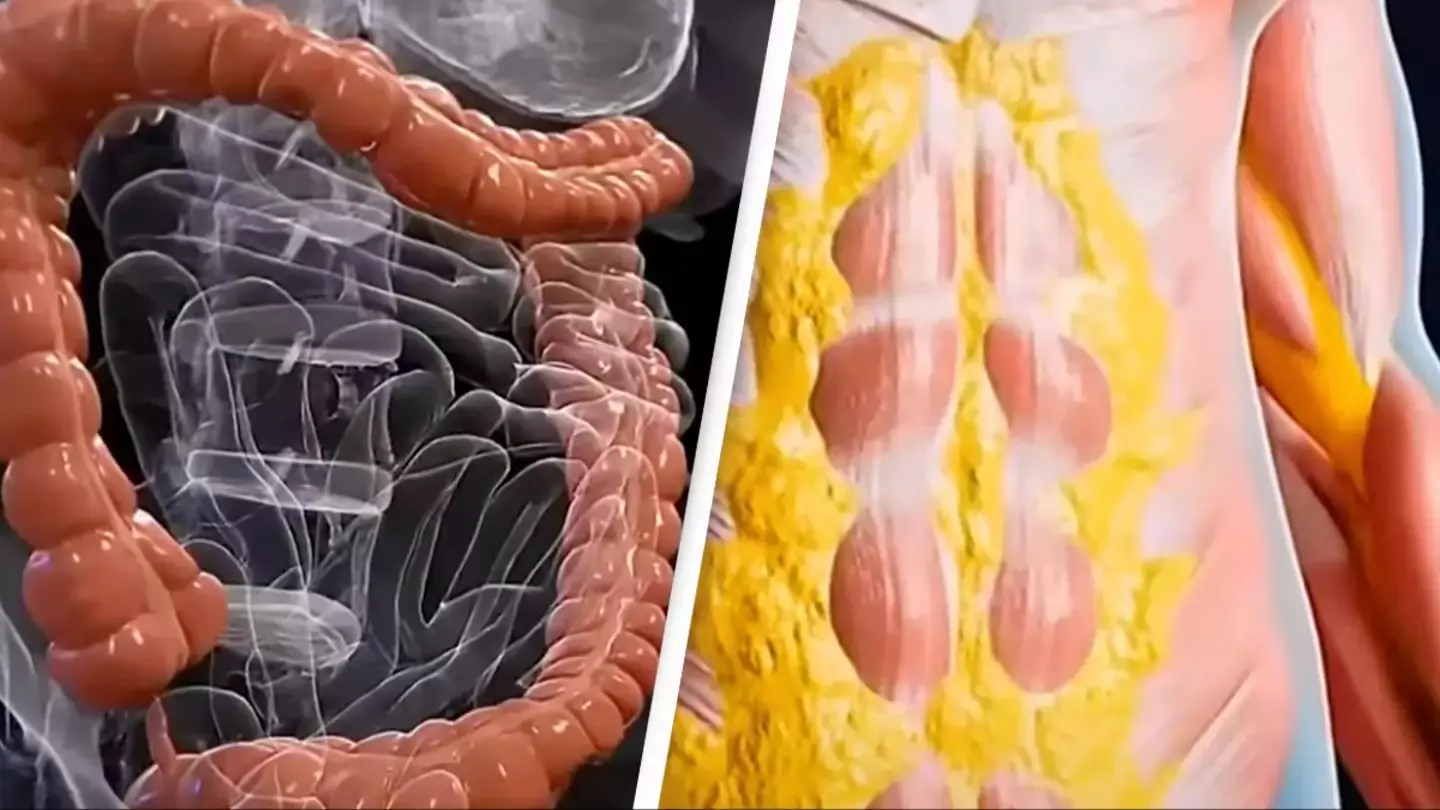
JAW DROPPING SIMULATION SHOWS WHAT HAPPENS TO YOUR BODY WHILE FASTING FOR 36 HOURS TO ACHIEVE 'FULL RESET'

6 Health Benefits of Sleeping In a Cold Room and How to Make it Cooler- And Why You May Not Want to Use a Fan
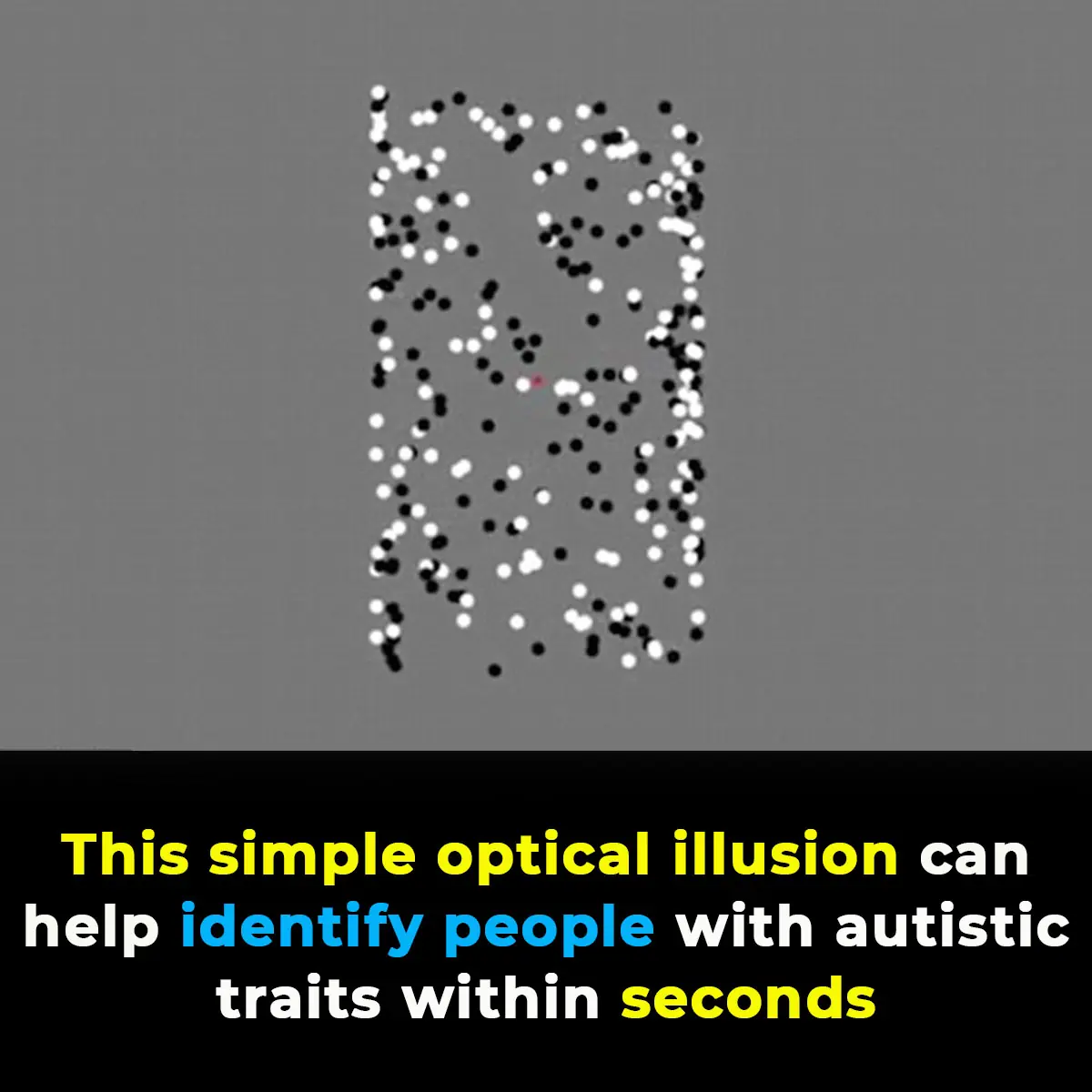
This optical illusion may help identify autistic traits in seconds

Pressure Points in Your Feet: Use This Foot Massage Chart for Pain Relief
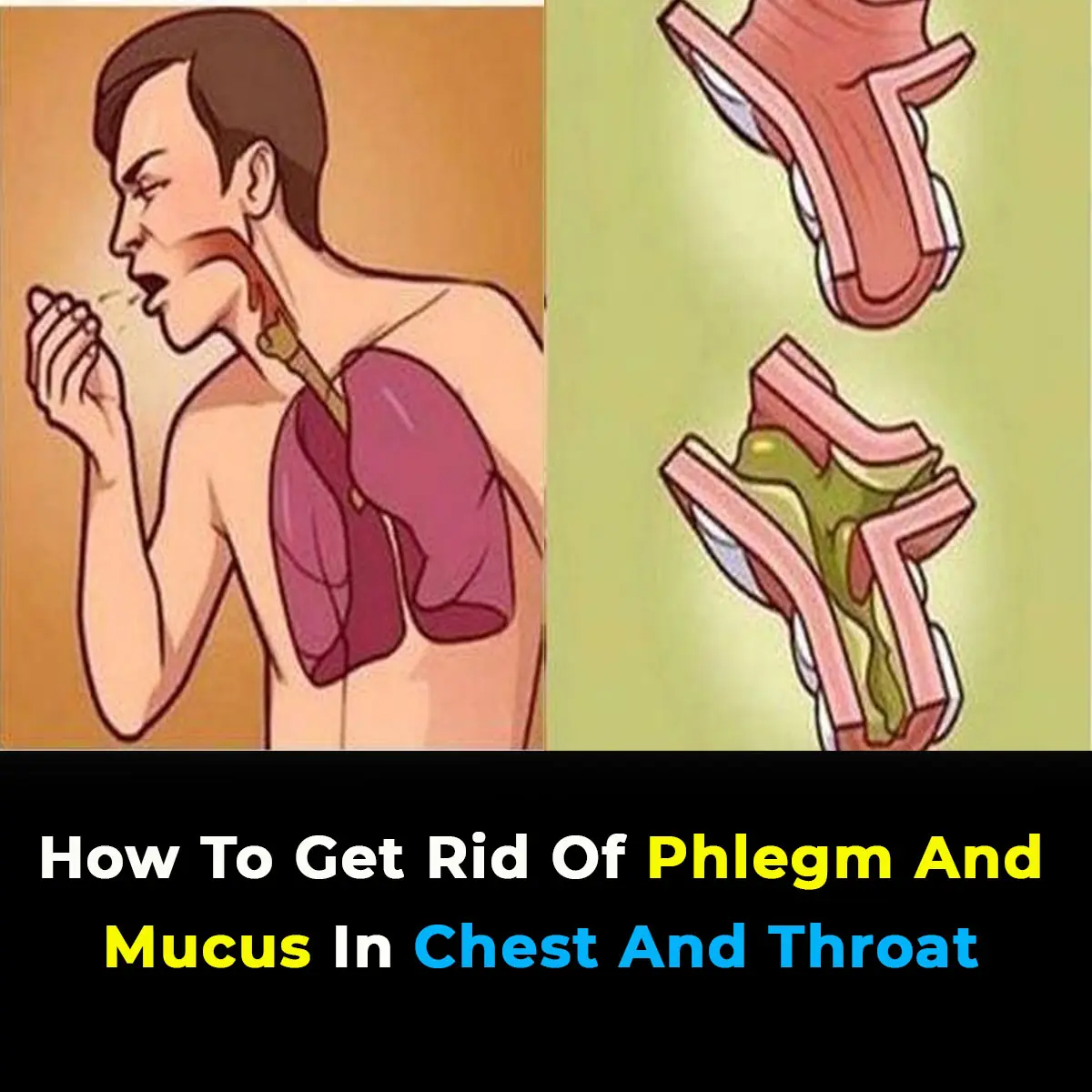
8 Ways To Get Rid Of Phlegm And Mucus In Chest And Throat
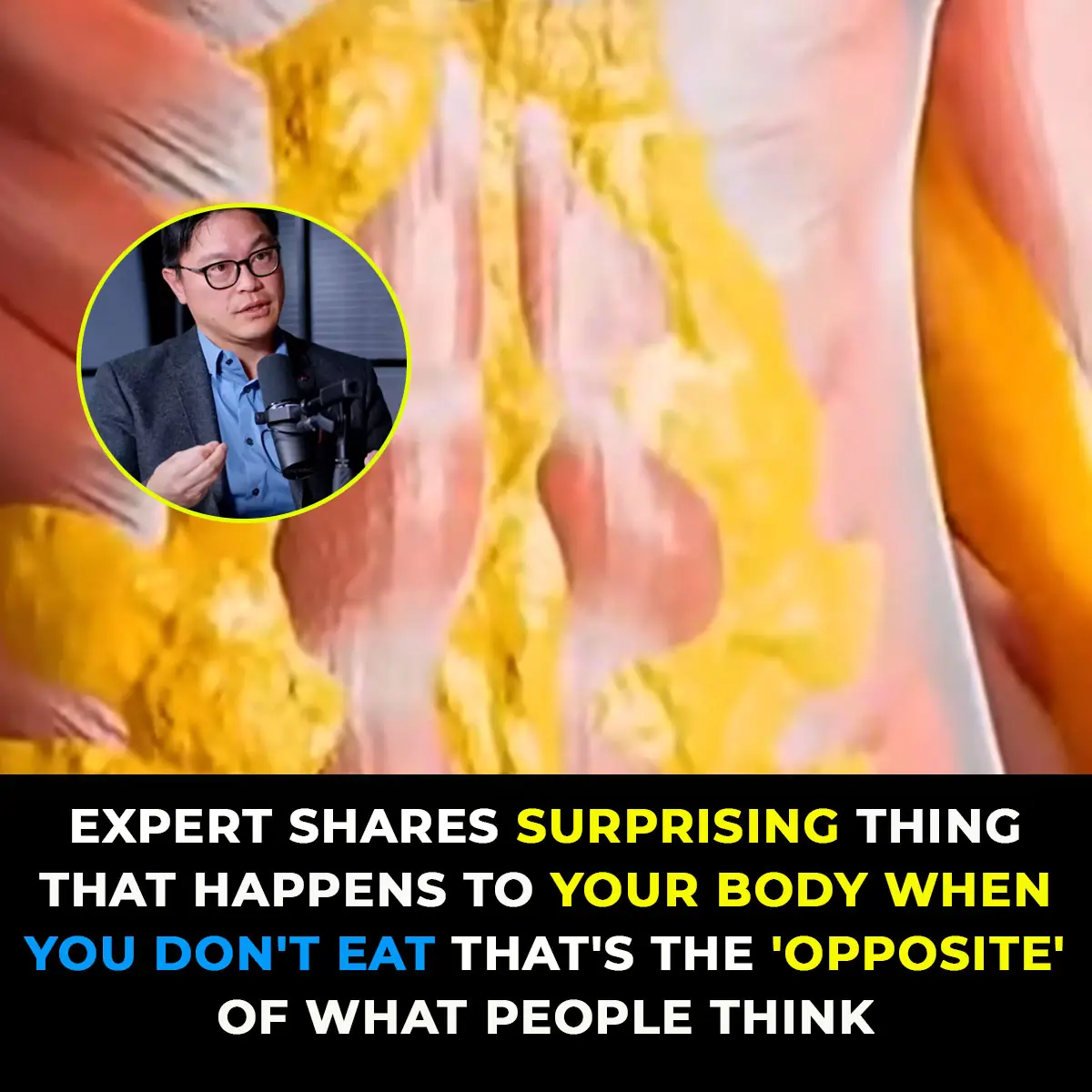
Doctor Reveals Surprising Thing That Occurs When You Don’t Eat – and It’s The ‘Opposite’ of What Most People Think
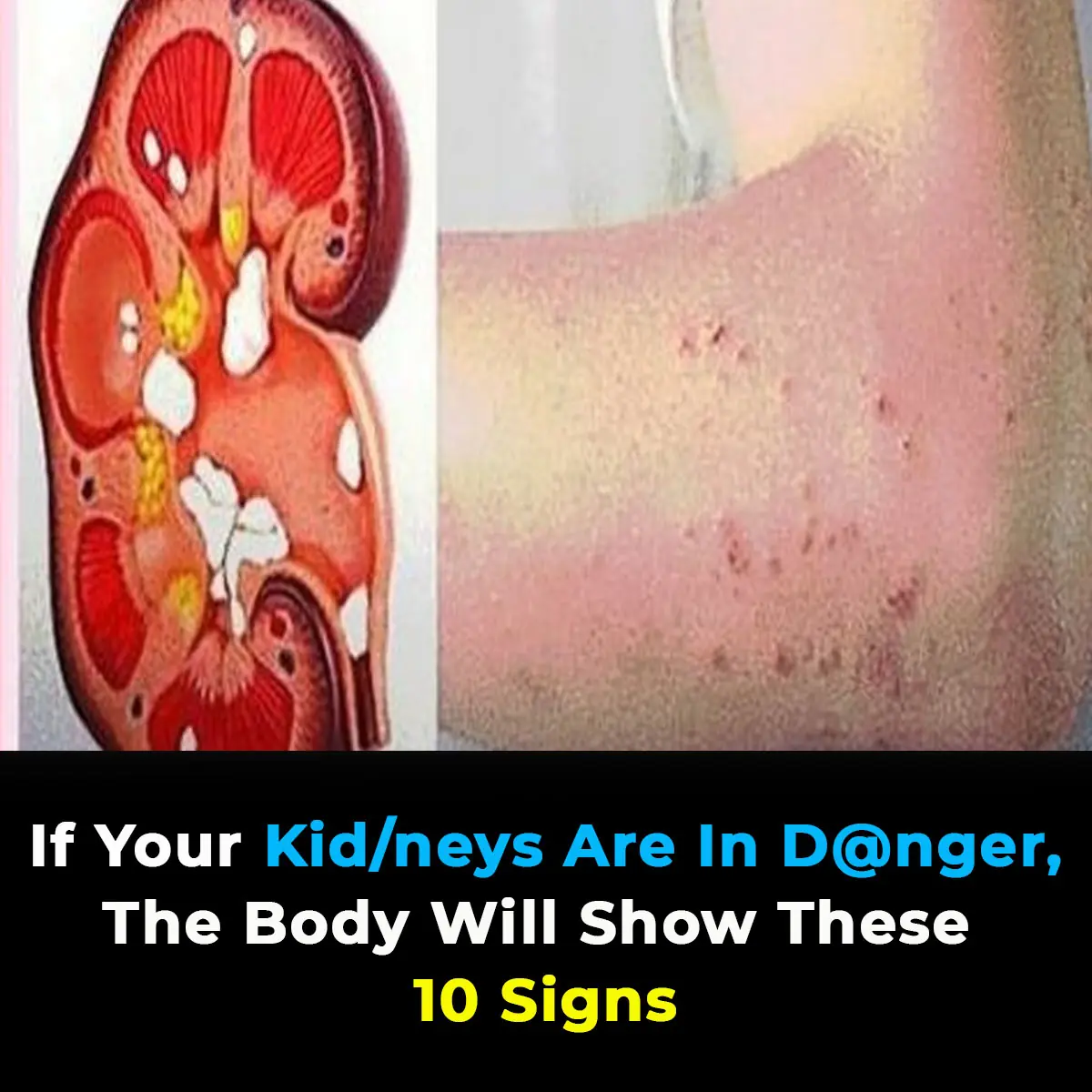
10 Signs You May Have Kidney Disease
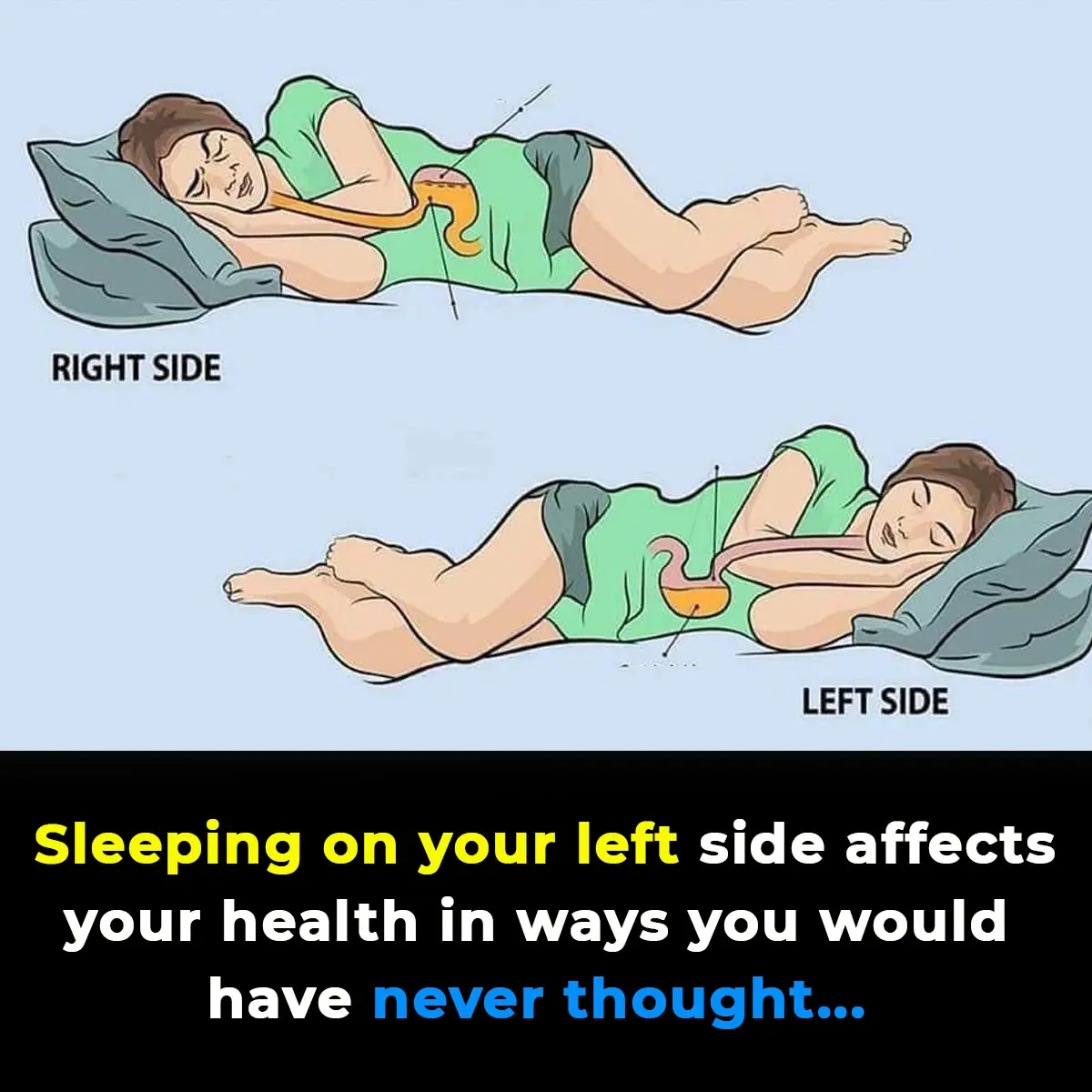
This is what sleeping on the left side does for our brain, stomach & glymphatic health
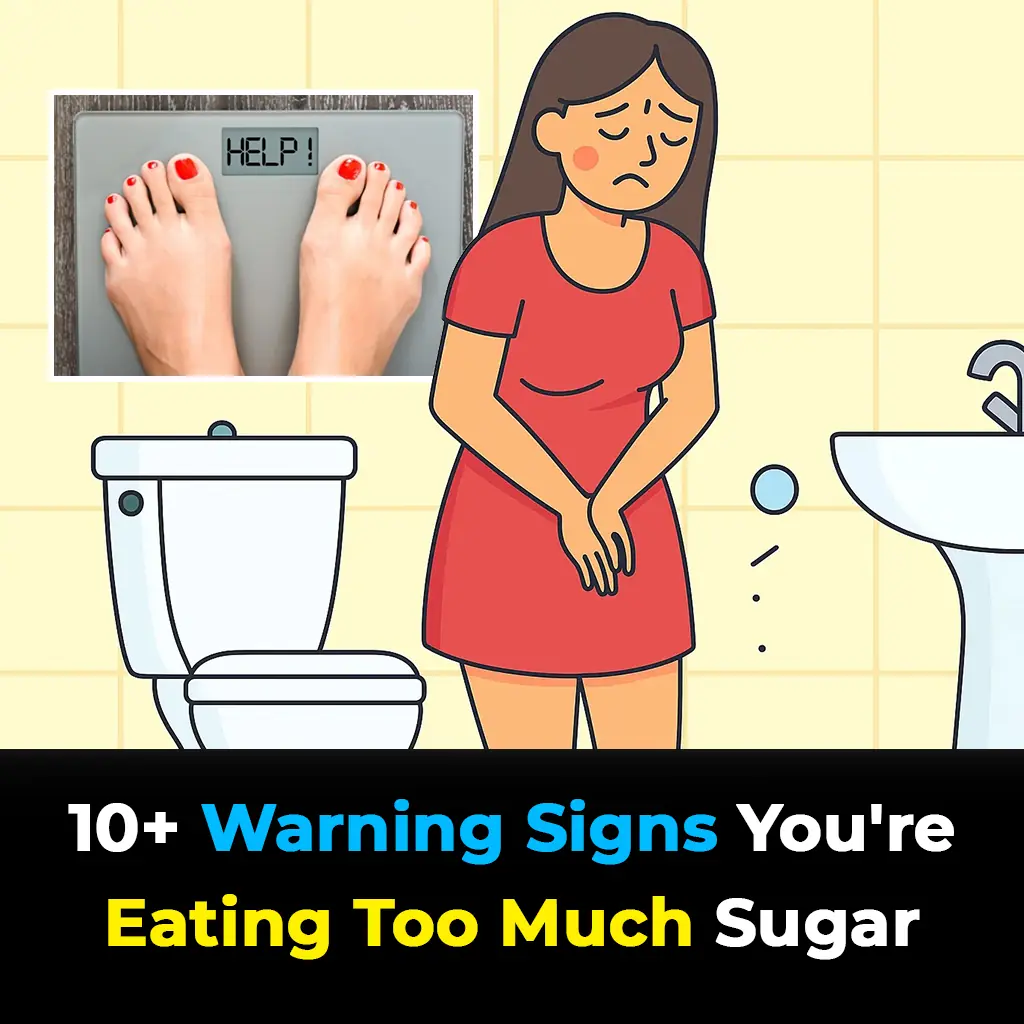
This Is What Happens When You Eat Too Much Sugar—#7 Will Sh0ck You!
Learn to recognize the red flags of sugar overload before it sabotages your health
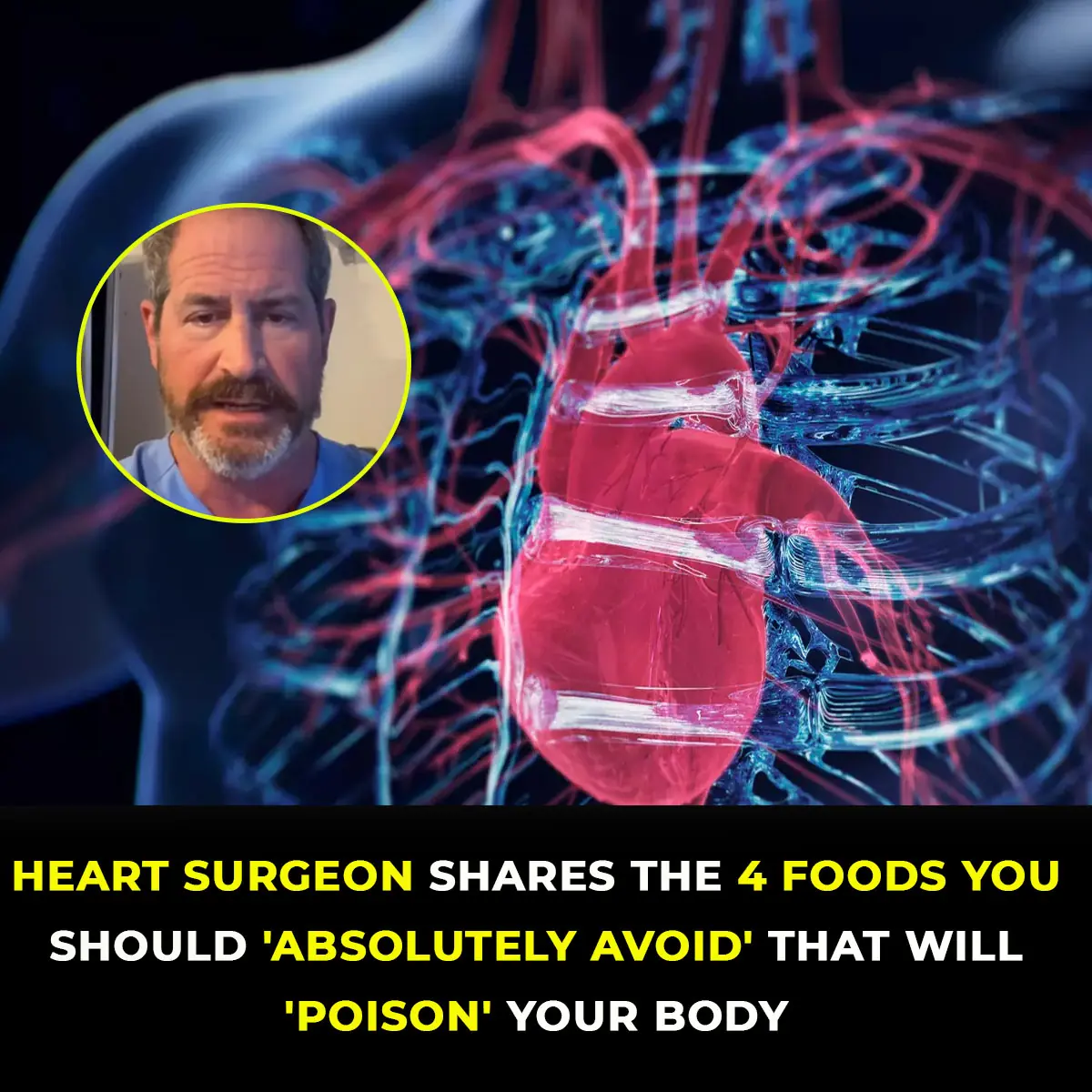
Heart Surgeon Reveals 4 Foods You Should ‘Always Avoid’ That Will ‘Poison’ Your Body
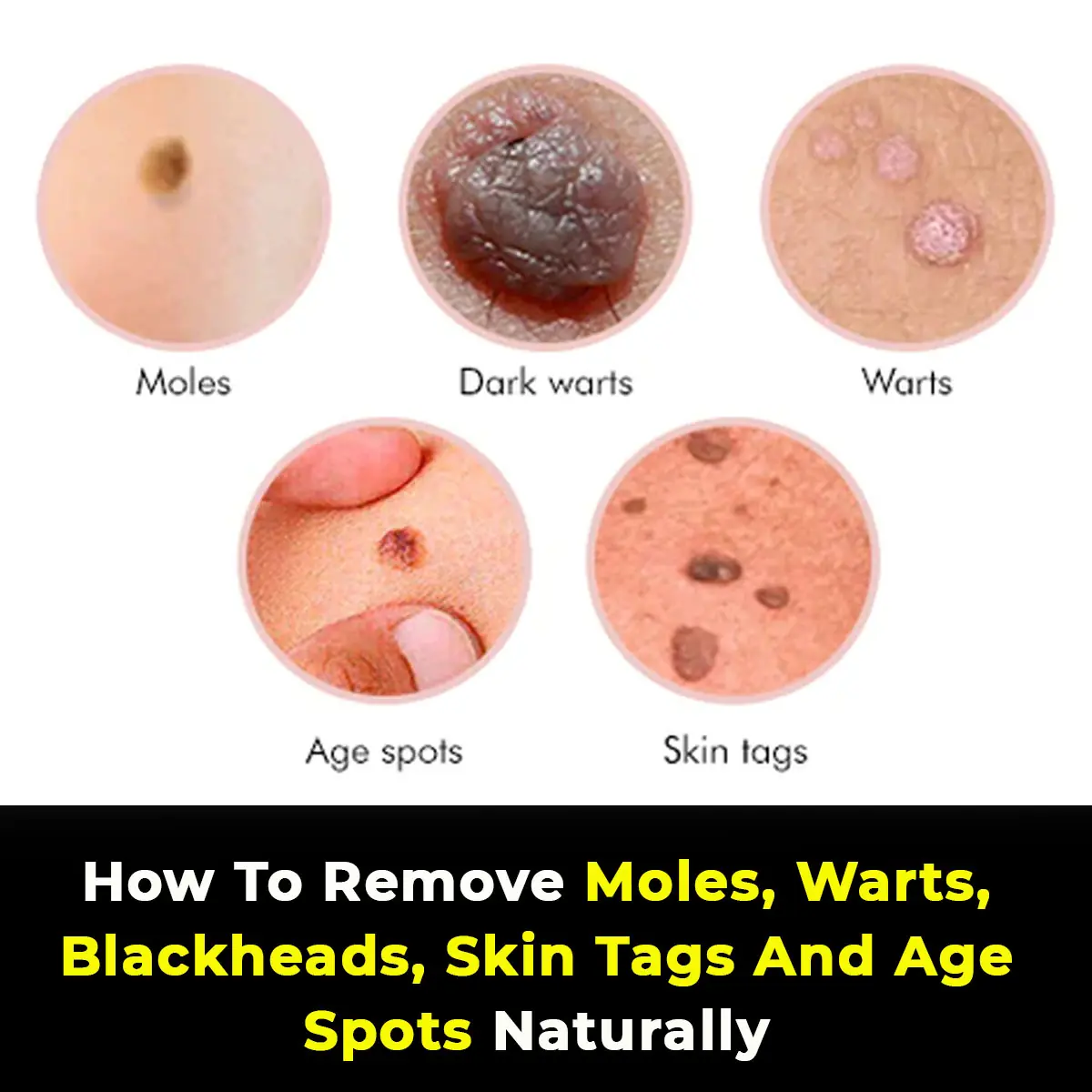
Natural Skin Care: What Can You Try To Remove Age Spots, Moles, Skin Tags, Warts, And Blackheads?
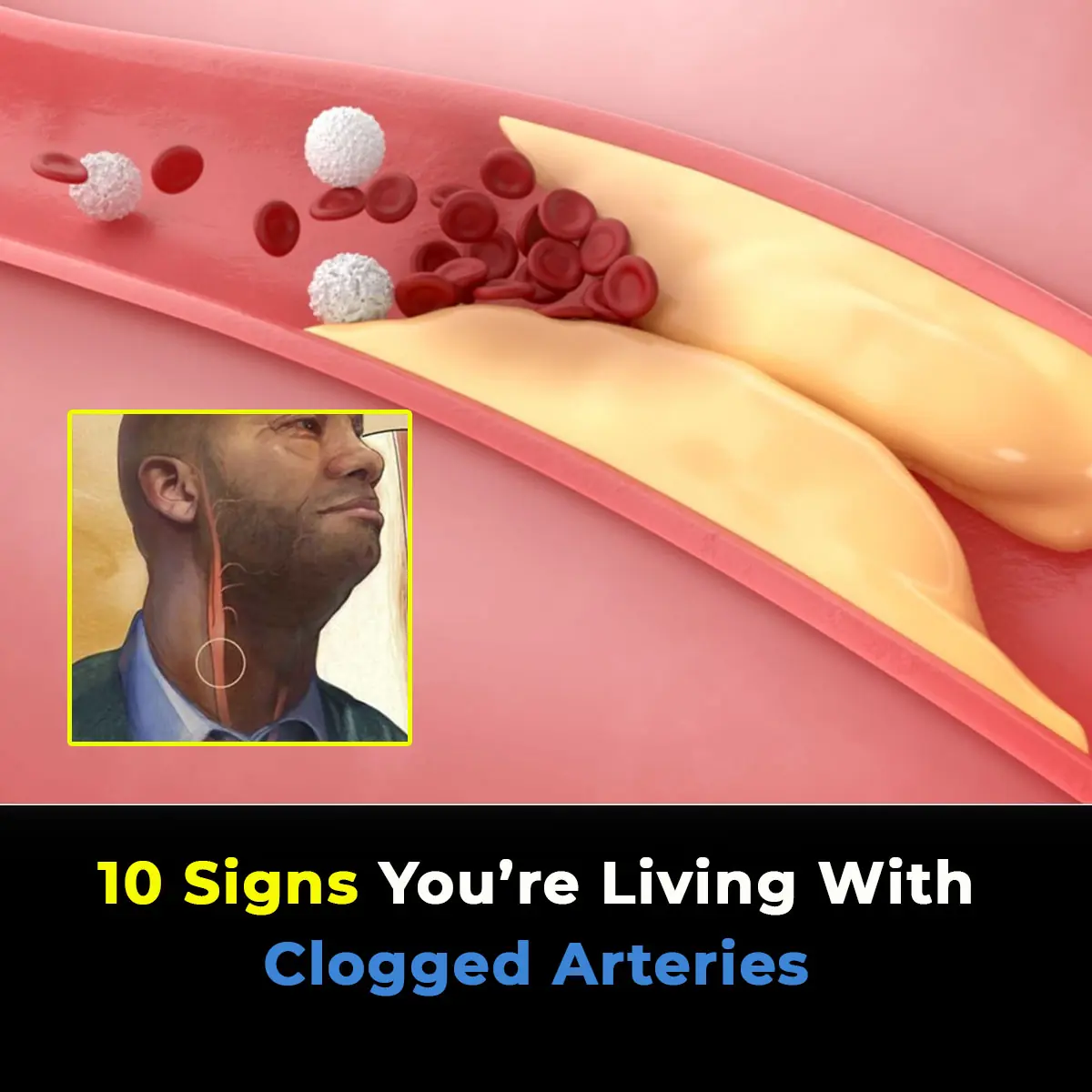
10 Signs You’re Living With Clogged Arteries

Teen Girl Hospitalized After Inserting Pen Inside Herself – Doctors Issue Urgent Warning
News Post

He Wouldn’t Take Off His Hat In Class—But When I Found Out Why, Everything Changed

THEY SAID I COULDN’T KEEP MY JOB AND RAISE HER—SO I TOOK HER ON THE ROAD

A Stranger Yelled At My Daughter In Public—So I Made Sure She Got What She Deserved

My Cousin Got A Job At My Ex’s Restaurant—And Then Sent Me A Photo Of What He Found In The Walk-In

Warning Symptoms of Vitamin B12 Deficiency and How to Fix It

Tingling Sensation In Your Body: Why Does It Happen

High Blood Sugar Warning Signs

Earth Plunged Into Darkness For Six Minutes In Rare Event Not Seen In A Century

The Hidden Meaning Behind Leg-crossing — It’s More Than Just Comfort

Scientists Warn: Universe’s ‘Self-Destruct Button’ Could Trigger Without Warning

WORLD'S FIRST DATE SOFT DRINK

We weren’t the only humans just the last ones left to tell the tale

Japanese “Baba Vanga” Meme Resurfaces After July 2025 Tsunami Triggers Alerts

Top Signs of Iron Deficiency and How To Increase Iron Levels In Your Blood

Doctors Suspected Baby Had Mouth Tumor—The Shocking Truth Left Them Speechless

Why Some People Never Break A Bone—3 Wild Theories Explained

JAW DROPPING SIMULATION SHOWS WHAT HAPPENS TO YOUR BODY WHILE FASTING FOR 36 HOURS TO ACHIEVE 'FULL RESET'

Why you should always put a coin in the freezer before you leave home
